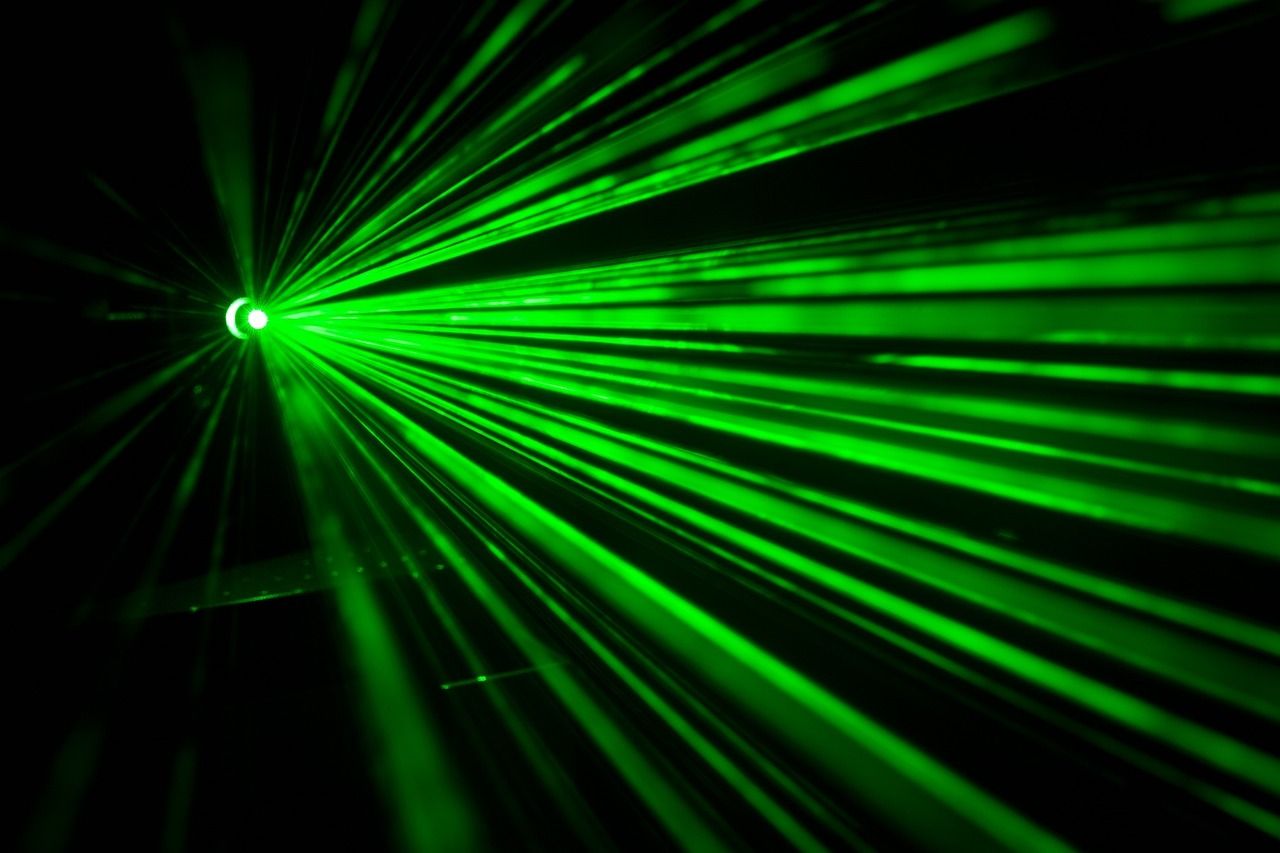Follow us on Google News (click on ☆)

Illustration image Pixabay
This discovery marks an important milestone in the study of exotic quantum states. Unlike previous experiments, which used atoms cooled to extreme temperatures, this new approach relies on a semiconductor and a laser, offering greater experimental flexibility.
A state of matter with unique properties
Supersolids have been theoretically predicted since the 1960s. They possess an ordered crystalline structure while behaving like a superfluid, meaning without viscosity. These contradictory properties result from quantum effects that only manifest under very specific conditions, where particles share a common phase while spatially organizing to minimize their energy.
Until now, supersolids had only been observed with ultra-cold atoms, where quantum effects dominate. These experiments required temperatures close to absolute zero, making manipulations limited. This new approach, using polaritons generated by the interaction between light and a semiconductor, allows for the creation of a supersolid at room temperature, a first in the field.
Polaritons, these hybrid particles, combine the properties of light and matter. They enable the reproduction of supersolid characteristics in a more accessible and controllable system. This breakthrough opens the way for new studies on quantum phase transitions and could have applications in the development of quantum technologies.
An innovative experiment
The researchers used an aluminum-gallium arsenide semiconductor, a common material in optoelectronic technologies. By directing a laser onto this semiconductor, they generated polaritons, hybrid particles resulting from the interaction between light and matter. These quasi-particles were controlled using a pattern of microscopic ridges etched onto the semiconductor, allowing for the structuring of their movement and energy.
These ridges played a key role in forcing the polaritons to organize into a supersolid state. In this state, the particles share a common phase while minimizing their energy, thus creating a structure that is both ordered and fluid. The researchers then precisely measured the properties of this new state, confirming both its crystalline structure and its lack of viscosity, two essential characteristics of a supersolid.
This experiment marks a departure from traditional methods, which relied on ultra-cold atoms. By using a photonic system, the researchers demonstrated that it is possible to create and manipulate supersolids under less extreme conditions. This approach opens new perspectives for the study of quantum materials and could facilitate the discovery of previously unknown states of matter.
To go further: What is a polariton?
A polariton is a hybrid quasi-particle resulting from the interaction between light and matter. It forms when photons, the particles of light, couple with excitons, excited states of matter in a semiconductor. This combination gives the polariton unique properties, halfway between those of light and matter.
Polaritons are particularly interesting in quantum physics because they allow the exploration of phenomena like Bose-Einstein condensation at more accessible temperatures than those required for atoms. They behave like massive particles while retaining some characteristics of light, such as the ability to move quickly.
In the recent experiment, polaritons were used to create a supersolid state. Their ability to self-organize and share a common phase makes them ideal candidates for studying exotic quantum states. This flexibility opens the way for new research on quantum materials and their potential applications.